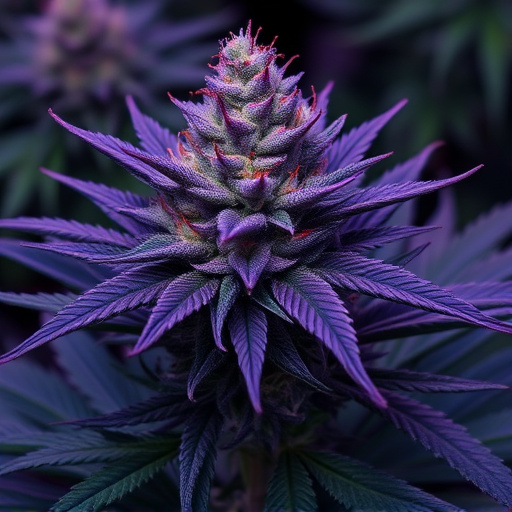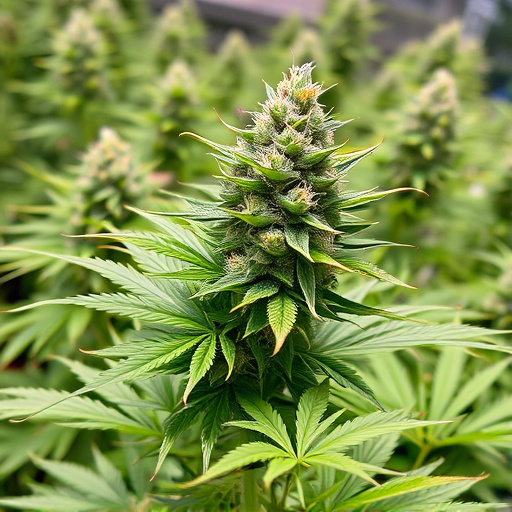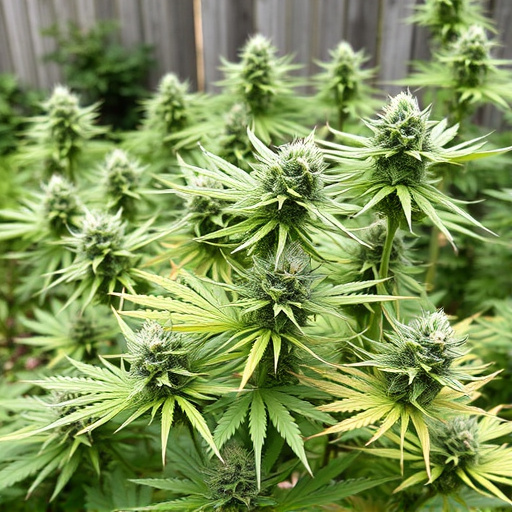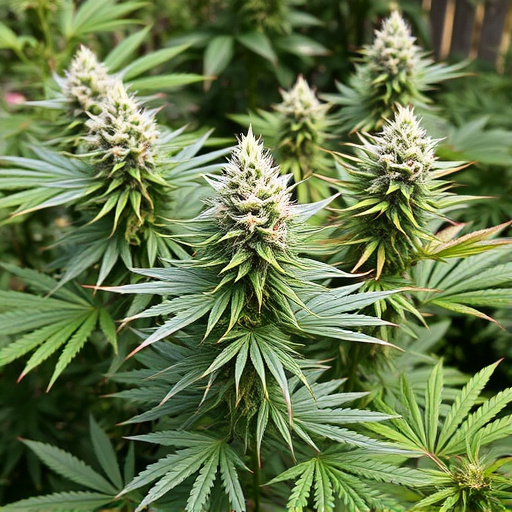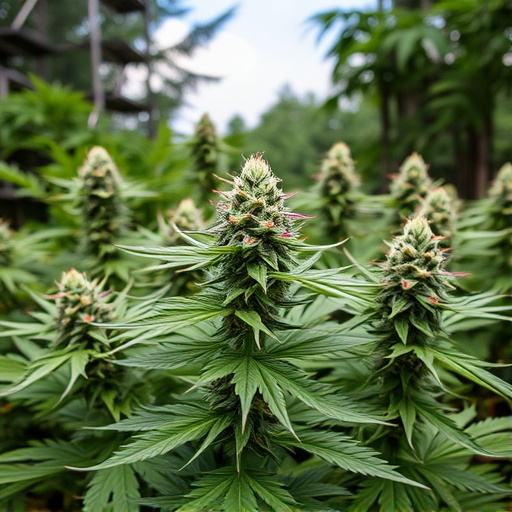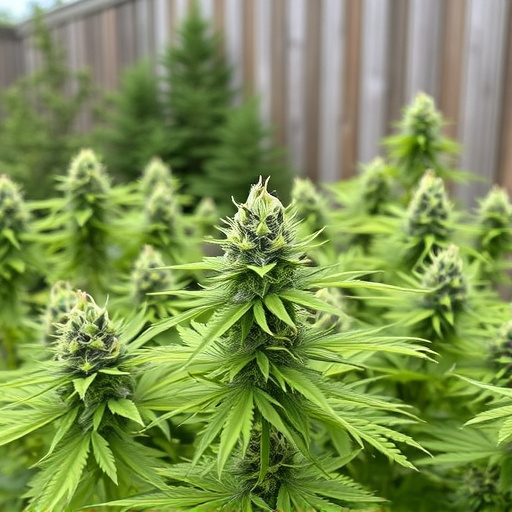Outdoor cannabis strains are shaped by sunlight, temperature swings, and soil composition, resulting in distinct terpene profiles and cannabinoid concentrations that impact their effects. Factors like increased UV light boost sedative myrcene while cooler climates elevate CBD levels for potential therapeutic benefits. Understanding these environmental influences provides insights into the unique medicinal properties and user experiences of outdoor cannabis strains.
Cannabis, a multifaceted plant with a rich history, offers a diverse range of effects that vary from user to user. Understanding the factors influencing these experiences is crucial for both medical and recreational consumers. This article delves into three key areas: environmental conditions, genetic diversity, and individual biology. We explore how outdoor cannabis strains, grown under varying conditions, produce distinct terpenes and cannabinoids. Additionally, we discuss the role of genetic heritage, breeding practices, personal biology, consumption methods, and setting in shaping the unique effects of different strains, with a special focus on the nuances of outdoor cultivation.
- Environmental Factors: The Impact of Outdoor Cannabis Strains
- – Growth conditions and their effect on cannabinoid profiles
- – Terpene production and diversity in outdoor vs indoor settings
Environmental Factors: The Impact of Outdoor Cannabis Strains
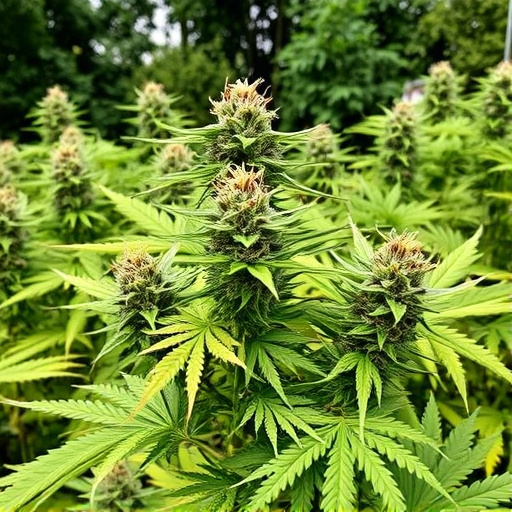
Outdoor cannabis strains, grown in natural environments, often exhibit unique characteristics that can significantly influence their effects. Factors like sunlight exposure, temperature fluctuations, and soil composition play a pivotal role in shaping the plant’s biochemistry. These environmental factors contribute to the terpene profiles and cannabinoid concentrations of the final product. For instance, increased UV light exposure can boost the production of myrcene, known for its sedative properties, while cooler climates may lead to higher levels of CBD, offering potential therapeutic benefits.
The interplay between genetics and environment in outdoor cannabis strains creates a diverse range of effects. Terpenes, aromatic compounds responsible for flavors and scents, are heavily influenced by growth conditions. Some terpenes are known to interact with cannabinoids, enhancing or modifying their effects on the body and mind. As such, understanding the specific environmental conditions under which outdoor cannabis strains flourish can provide valuable insights into their potential therapeutic applications and desired user experiences.
– Growth conditions and their effect on cannabinoid profiles
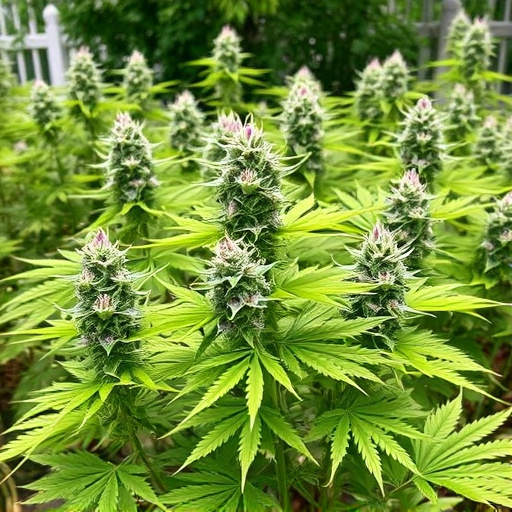
The growth environment plays a pivotal role in shaping the cannabinoid profiles of cannabis plants, ultimately influencing the effects experienced by consumers. Outdoor cannabis strains, for instance, often display unique characteristics due to their exposure to natural sunlight, varying temperatures, and distinct humidity levels. These conditions can trigger specific biochemical reactions within the plant, leading to variations in terpene production and cannabinoid concentrations.
Terpenes, aromatic compounds responsible for the diverse flavors and scents of cannabis varieties, are highly sensitive to environmental cues. Outdoor cultivation may result in elevated levels of certain terpenes known for their therapeutic properties. For example, strains grown in sunny, dry climates might boast higher concentrations of myrcene, a terpene associated with relaxing effects, while those cultivated in cooler, more humid environments could have notable amounts of limonene, known for its uplifting and mood-enhancing qualities. Such variations contribute to the diverse experiences users may encounter when consuming different outdoor cannabis strains.
– Terpene production and diversity in outdoor vs indoor settings
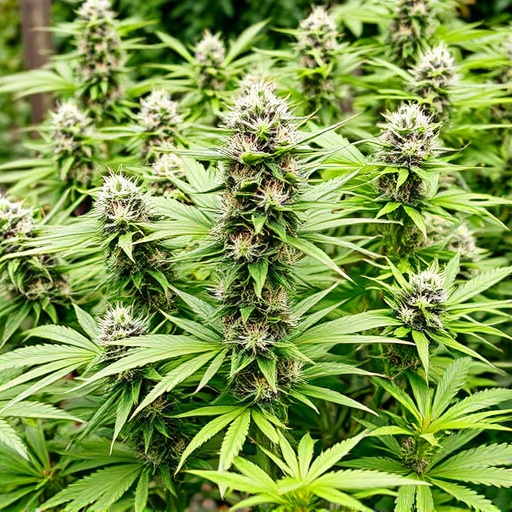
The environment in which cannabis plants are grown significantly impacts their terpene profile, contributing to the diverse effects users experience. Outdoor cannabis strains benefit from sunlight and fresh air, encouraging the production of a wide range of terpenes, often resulting in more complex aromas and potential therapeutic benefits. The natural conditions encourage the plant’s natural defense mechanisms, leading to higher levels of beneficial compounds like myrcene, limonene, and linalool.
In contrast, indoor cultivation with controlled environments allows for precise monitoring of terpene synthesis. Growers can manipulate lighting cycles and nutrient ratios to influence terpene diversity. While outdoor strains offer a more organic experience, indoor settings provide the advantage of year-round cultivation and consistent terpene profiles, appealing to users seeking specific effects or medical benefits associated with particular terpenes.
Understanding the factors that influence cannabis effects, particularly the nuances between outdoor cannabis strains cultivated in diverse environments, is key to navigating this complex landscape. Environmental conditions significantly impact cannabinoid profiles and terpene production, leading to varied experiences among consumers. By recognizing these influences, enthusiasts can make informed choices, ensuring they enjoy the optimal effects aligned with their preferences and desired outcomes from outdoor cannabis strains.

